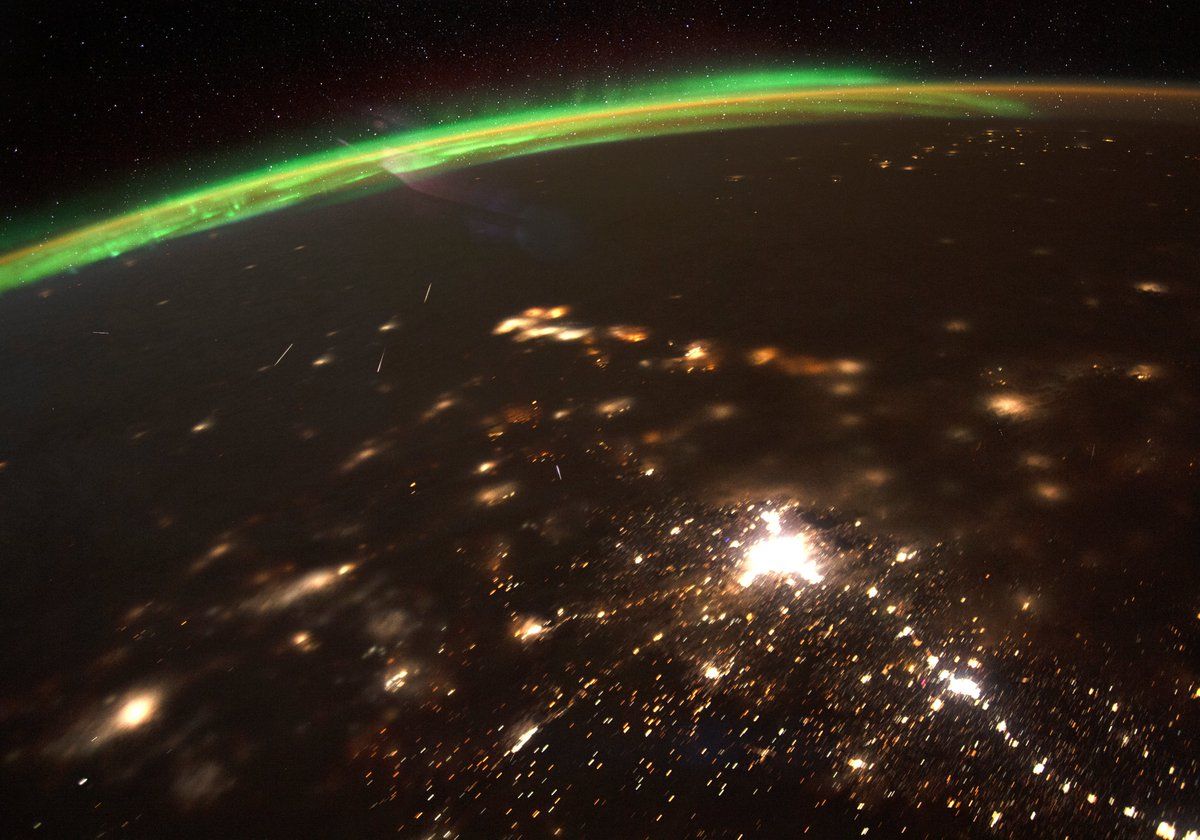Early each January, the Quadrantid meteor stream provides one of the most intense annual meteor displays, with a brief, sharp maximum lasting only a few hours.
The Quadrantid meteor shower actually radiates from the northeast corner of the constellation of Bootes, the Herdsman, so we might expect them to be called the “Bootids,” and they will peak in 2023 overnight on Jan. 3 and Jan. 4. But back in the late-18th century there was a constellation here called Quadrans Muralis, the “Mural or Wall Quadrant” (an astronomical instrument). It is long-obsolete star pattern, invented in 1795 by J.J. Lalande to commemorate the instrument used to observe the stars in his catalogue.
Adolphe Quetelet of Brussels Observatory discovered the meteor shower in the 1830’s, and shortly afterward it was noted by several astronomers in Europe and America. Thus, they were christened “Quadrantids” and even though the constellation from which these meteors appear to radiate no longer exists, the shower’s original moniker continues to this day. We have a full guide on how to see the Quadrantid meteor shower to help you spot the brilliant display.
Related: The best meteor showers of 2023
Crumbs of a dead comet?
At greatest activity, 60 to 120 shower members per hour should be seen. However, the Quadrantid influx is sharply peaked: 6 hours before and after maximum, these blue meteors appear at only half of their highest rates. This means that the stream of particles is a narrow one — possibly derived relatively recently from a small comet.
In fact, in 2003, astronomer Peter Jenniskens of NASA, found a near-Earth asteroid (2003 EH1) (opens in new tab) that seemed like it was on the right orbit to make the Quadrantids. Some astronomers think that this asteroid is really a piece of an old, “extinct” comet; perhaps a comet that was recorded by Chinese, Korean, and Japanese observers during the years 1490-91. Maybe that comet broke apart, and some of the pieces became the meteoroids that make up the Quadrantid stream.
If you’re hoping to photograph the Quadrantids, check out our guides on how to photograph a meteor shower, as well as the best cameras for astrophotography and best lenses for astrophotography.
2023: A poor Quad year
Image 1 of 2
This sky map shows the location of the Quadrantid meteor shower radiant at its peak on Jan. 3, 2022. (Image credit: Starry Night)
This sky map shows the location of the Quadrantid meteor shower radiant at its peak on Jan. 4, 2022. (Image credit: Starry Night Software)
Unfortunately, 2023 will not be a good year to look for the Quadrantid meteor shower. Chalk it up to poor timing.
The peak of this year’s shower according to Margaret Campbell-Brown and Peter Brown in the 2023 Observer’s Handbook of the Royal Astronomical Society of Canada, is predicted for 10 p.m. EST on Jan. 3. But on Jan. 6, the full moon will light up the sky. That means that all through the overnight hours of Tuesday, Jan. 3, into Wednesday, Jan. 4, the sky will be lit up with brilliant moonlight; the bright waxing gibbous moon — 94% illuminated — won’t set until the break of dawn.
That moonlight will squelch all but the very brightest of meteors. This particular meteor display is at its best just before the break of dawn – about 6 a.m. local time – when the radiant of this shower, from where the meteors appear to emanate is ascending the northeastern sky.
If you do decide to head out to look for meteors, remember to bundle up! It is, after all, winter in the Northern Hemisphere. As one astronomer said prior to a cold meteor watch: “Take the advice of a man whose teeth have chattered on many a winter’s night — wrap up much more warmly than you think is necessary!” And if you can’t find someone who would care to share the viewing duties with you, a thermos jug of your favorite hot beverage — coffee, tea or cocoa — makes for a fine companion on a cold night.
2024 might be a winner!
As bad as it is for the Quadrantids this year, it will be a much different story next year.
In 2024, the Quadrantid meteor shower peak is set for 4 a.m. EST on Jan. 4, which favors eastern North America. And the moon will be at a much more favorable phase: a fat waning crescent just 47% illuminated in the constellation of Virgo and much less of a hindrance to meteor viewing compared to this year. Given clear skies, the “Quads” could turn out to be one of the best meteor displays of 2024.
So, fans of the Quadrantids may echo the mantra old Dodger fans in Brooklyn used to say at the conclusion of most baseball seasons: “Wait till next year!”
Editor’s Note: If you snap a great photo the Quadrantid meteor shower and would like to share it with Space.com’s readers, send your photo(s), comments, and your name and location to spacephotos@space.com .
Joe Rao serves as an instructor and guest lecturer at New York’s Hayden Planetarium (opens in new tab) . He writes about astronomy for Natural History magazine (opens in new tab) , the Farmers’ Almanac (opens in new tab) and other publications. Follow us on Twitter @Spacedotcom (opens in new tab) and on Facebook (opens in new tab) .
